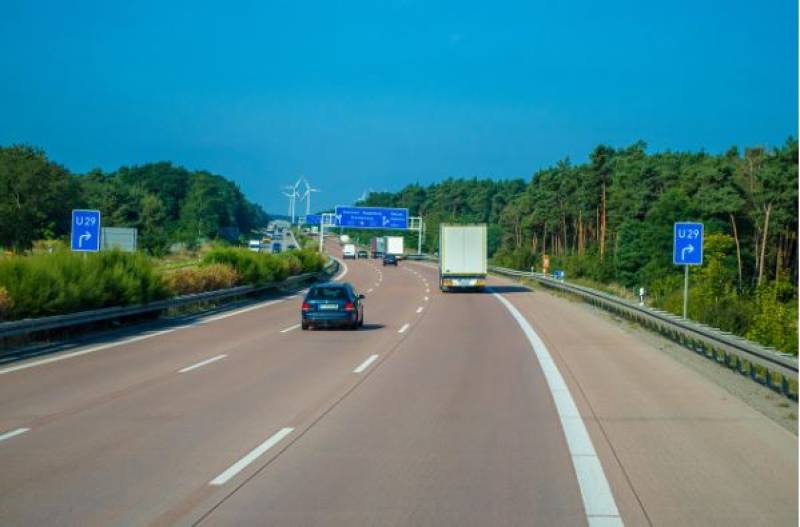Date Published: 31/07/2025
Highway robbery: Southern Spain toll charges spike just in time for summer
The AP-7 from Alicante to Cartagena costs 76% more between June and September than the rest of the year
As if
soaring grocery bills, sky-high fuel costs and rising electricity prices weren’t enough, now drivers in
Spain are being slapped with summer toll increases of up to 76%. From June to September, and again during Easter, the price of driving on certain stretches of motorway shoots up dramatically, hitting both residents and tourists at the worst possible time.
On the AP-7 between
Alicante and Cartagena, tolls cost more than three-quarters above the usual rate. The same goes for the AP-7 from
Málaga to Estepona, where prices spike by over 62% during peak periods.
These are stretches of road used daily by thousands of people living in or visiting coastal areas - towns that rely heavily on tourism, especially in the summer months when businesses try to earn enough to survive the quieter winter.
Instead of supporting that effort, Spain is making it more expensive to get around.
What’s worse, people living in parts of Alicante province like Orihuela Costa have been complaining for years about the state of local roads.
Huge potholes are damaging cars almost weekly, yet there’s little investment in repairs. So if you want to avoid the chaos of back roads, your only choice is to take the motorway and pay through the nose for it.
And these aren't small tolls either. In some parts of the country, prices reach 50 cents per kilometre. That’s the case in the Artxanda Tunnels near Bilbao, which hold the unenviable title of Spain’s most expensive toll route.
Following closely behind are other Catalan routes like the Cadí Tunnel, Vallvidrera Tunnel and Sant Cugat-Manresa road, with costs that dwarf those in Galicia, where drivers pay as little as six cents per kilometre.
According to a new report from the Associated European Motorists (AEA), the price difference between the most and least expensive toll roads in Spain can reach a staggering 830%.
On top of that, rates vary depending on the time of day. For instance, night drivers on the León-Astorga stretch of the AP-71 pay nearly three times less than those travelling during daylight hours.
Strangely, there are motorways (those that are in the hands of the State) that are free at night: AP-7 (Cartagena-Vera),
AP-7 (Alicante Ring Road), R-2 (Madrid-Guadalajara), R-3 (Madrid-Arganda), R-4 (Madrid-Toledo), R-5 (Madrid-Navalcarnero), M-12 (Barajas Airport), AP-36 (Ocaña-La Roda) and AP-42 (Madrid-Toledo), or with discounts if paid with electronic devices (Vía T).
The government says it’s working to phase out tolls as private contracts expire. Since 2018, it’s already scrapped charges on key routes like the AP-1, AP-4, AP-2 and parts of the AP-7. In 2026, they will be removed from the AP-68 (Bilbao-Zaragoza) and in 2029 from the AP-6 (Madrid) and its branches to Ávila and Segovia.
But for now, millions are still paying the price, quite literally, for driving on roads that are essential, often in poor condition and sometimes the only viable option.
The timing couldn’t be worse. This is the season when Spain opens its doors to millions of tourists and locals try to make a bit of money before things quiet down. Instead, the rising cost of simply getting from A to B is leaving everyone feeling squeezed.
Image: Pixabay
article_detail

|













